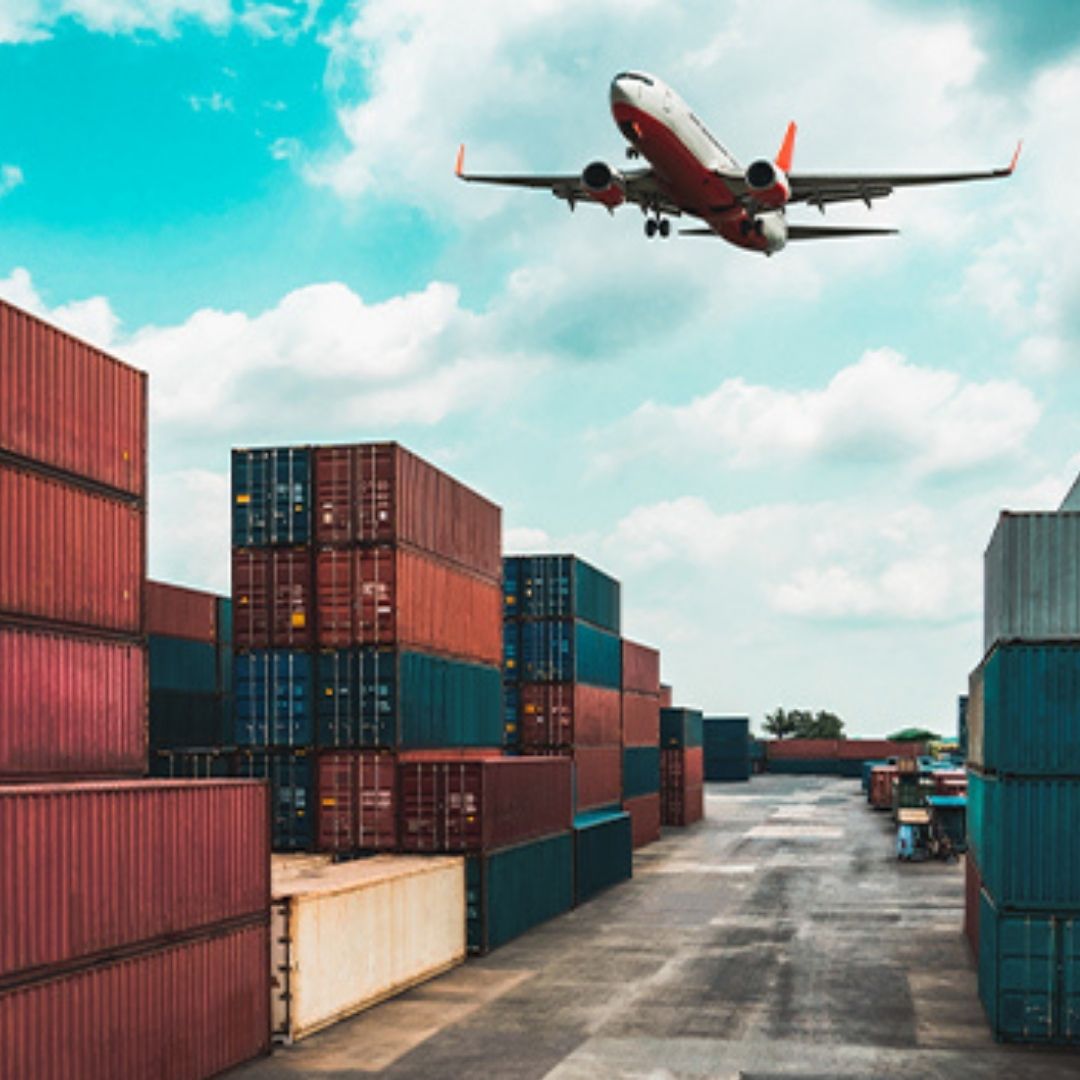While the pandemic has spotlighted supply chain disruption, other factors are coming into play. These include climate change, skills and labour shortages, Australia’s shrinking sovereign manufacturing capability and greater political uncertainty in the Indo-Pacific region. Industries such as automobile manufacturing, home building, as well as equipment repairs and others are feeling the shocks of extended delays.
So what can your business do to foster a more agile and sustainable supply chain?
Adding time and cost to automobile manufacturing
The computer microchip shortage since 2020 has stung automotive manufacturers causing the slow down or stopping of production, and in some cases the hoarding chips, creating even more hiccups.
Consequently, delays in new vehicles rolling out of factories or ships from overseas will continue until late this year. It’s ‘build to order’ rather than ‘buy from stock’ mode for the retail automotive sector, with fleet managers holding onto their vehicles for longer, and second-hand sellers enjoying an up to 36% increase in used-car sale prices.
Materials shortage adding to the housing crisis
The continued shortage of raw building materials, including timber, steel and aluminium has seen prices skyrocket in the residential housing sector. Since the pandemic started, closed international and state borders, heftier costs for shipping containers (if you could find one), plus the boom in building and home renovation has created supply chain angst in this sector.
Builders have sought to manage their shrinking margins by offering a cost-plus (profit) contract or a fixed-contract price, only to find that they need to constantly re-negotiate with clients as material prices rise out of control.
The increasing costs of equipment and machinery breakdown parts
The scarcity of components, port bottlenecks such as the Suez Canal blockage and new international regulations has affected both manufacturers and suppliers of Australian made goods and as well as their distributors, installers and repairers.
That’s why manufacturers are on the lookout for issues before breakdowns happen and are optimising their equipment and parts by factoring in predictive maintenance.
Foster a more agile supply chain
Experts in supply chain management point to the need for governments to work with consumers, businesses and industry to ensure it is fit for purpose.
Some businesses stockpile items to mitigate their risk of shortages. This gives manufacturers and suppliers an exaggerated and inaccurate idea about demand, inadvertently leading to some oversupplies. That could mean lower prices, a surprising twist!
It is, now more than ever, important to understand the flow on effect of Supply Chain issues. How can you develop an eye for embedded and potential vulnerabilities in your supply chain and, as part of your diversified strategic approach, have customised insurance coverage.
If you would like to know more about better managing your supply chain risk, please CLICK HERE or contact us for more information.

